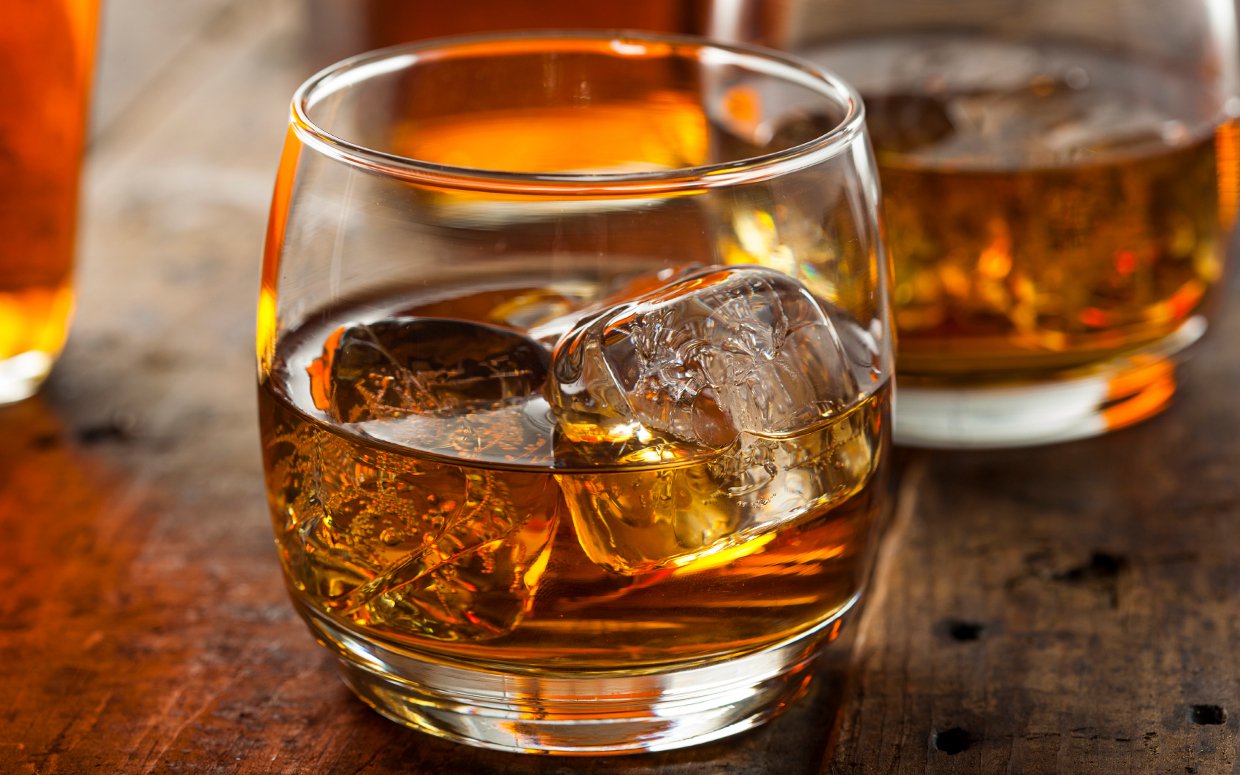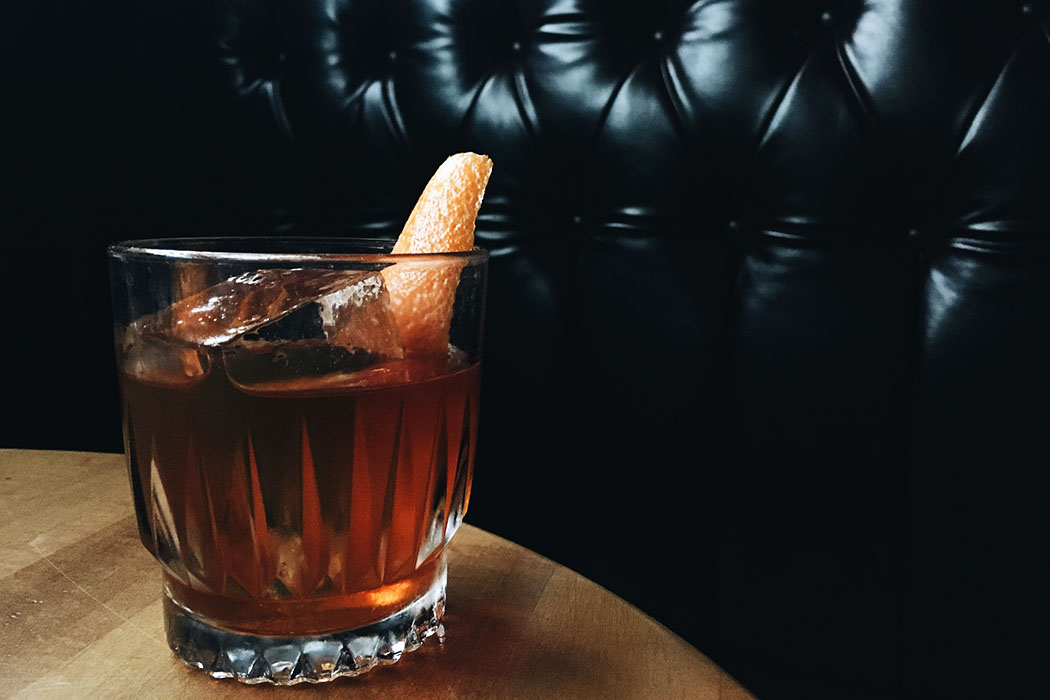
The Single Malt Serve
May 02, 2019
But you’d be surprised—or maybe you wouldn’t—by the lingering confusion out there about how to drink whisky, under what circumstances, and with how much Dr. Pepper. (In order: how you like it, with people you love, and shut up right now). Seriously, questions around the best way, the proper way, to enjoy a glass of single malt abound. So, I thought it might be edifying to share, for the interested reader, some of the varied (and all equally respectable) ways to do just that. And so, my friends, in no particular order.


NEAT
Open bottle, fill glass. You can never go wrong with a neat call. It’s certainly the most conservative way to order your whisky, ensuring that it will be unaltered in any way on its journey to your lips. Soft, elegant malts—I’m thinking of Glenmorangie, or my own Dalmore 15-Year—are better suited to this strategy than more fearsome offerings. (Of course, like nearly everything on the topic of how to drink whisky, it usually comes down to personal preference.) I always try a new whisky neat first, to get a sense of what I’m dealing with, and then pivot to water, or a rock, or nothing at all, depending on that first impression.
A word of warning: drinking whisky neat doesn’t make you tough. It doesn’t mean you’re doing it right. In fact, adding water to that dram is much more Scottish, if that’s what you’re after. Watching stubborn drinkers wrestle with cask strength bottlings, anesthetizing their palates as thoroughly as a shot from the dentist, doesn’t impress.

ON THE ROCKS
Ah, the ice serve, most maligned and hotly contested of all orders in the Scotch whisky universe— unfairly so, in my opinion. And it’s true, Europe doesn’t really understand our fixation on ice in beverages. But then, they call soccer football. Things are different everywhere you go, kids! And Americans like ice. (So too, by the way, do the Japanese. Take it pretty serious, in fact.)
The purists are correct, ice will erase depth and nuance. You’re going to lose some flavor. However, ice will also make your drink sweeter—leaving the vanilla and honey unencumbered—and more refreshing.
For me, it’s a question of occasion. Are we evaluating a new bottle for a proper nosing and tasting? Leave the ice in the tray. Watching the soccer—I mean football— with some pals? Clink away. Especially in California, where we’ll reach temperatures in summer that a Scot never imagined, even at his most aggravated. I’m glad for a cube in July.

WITH A SPLASH OF WATER
Most traditional pubs in Scotland will serve a small water pitcher alongside the whisky glass. A splash of water (as liberal or tightly controlled as you please) is a very traditional way to take your dram. I knew a master blender who would dilute his Scotch—his own Scotch, mind you—to about twenty percent alcohol by volume. That was how he enjoyed it (and likely reminiscent of the way he tasted samples in the lab). Too much water for my taste, but the point is: you’re not going to ruin it.
Water to whisky is like oxygen to wine. It’s how we open up what’s in the glass. New aromas will awaken and emerge. Fruit notes might ripen, wood spice may birth baking spices. On the tongue, a bit of water will likely round the sip, shaving away edges as deftly as a sculptor with a chisel. It’s never a bad idea to add water to whisky. Most people who make and evaluate them for a living do so. Just remember: you can always add more, but it’s awful hard to take out.
Water to whisky is like oxygen to wine. It’s how we open up what’s in the glass. New aromas will awaken and emerge.
Fruit notes might ripen, wood spice may birth baking spices. On the tongue, a bit of water will likely round the sip, shaving away edges as deftly as a sculptor with a chisel. It’s never a bad idea to add water to whisky. Most people who make and evaluate them for a living do so. Just remember: you can always add more, but it’s awful hard to take out.

BREAK SOME RULES
Single Malt Scotch is one of the most richly flavored, complex categories of distilled spirit in the world. And yes, there are centuries of history and proud tradition there too. But we’re not honoring that history and tradition by treating these bottles like museum exhibits.
Single malts make refreshing and delightful highballs, and crackerjack old fashioneds, and other spirit-forward, stirred drinks. Serve briny Islay malts with oysters, and Sherry cask-finished drams with jamón. A tour of Speyside alongside a cheese plate sounds like heaven to me. Once, I paired a delicately smoky Jura 10-Year Old with a chef’s house cured chipotle beef jerky. It was astounding.
So go on, Scotch can take it. But if you reach for the Dr. Pepper can, you’re dead to me.

